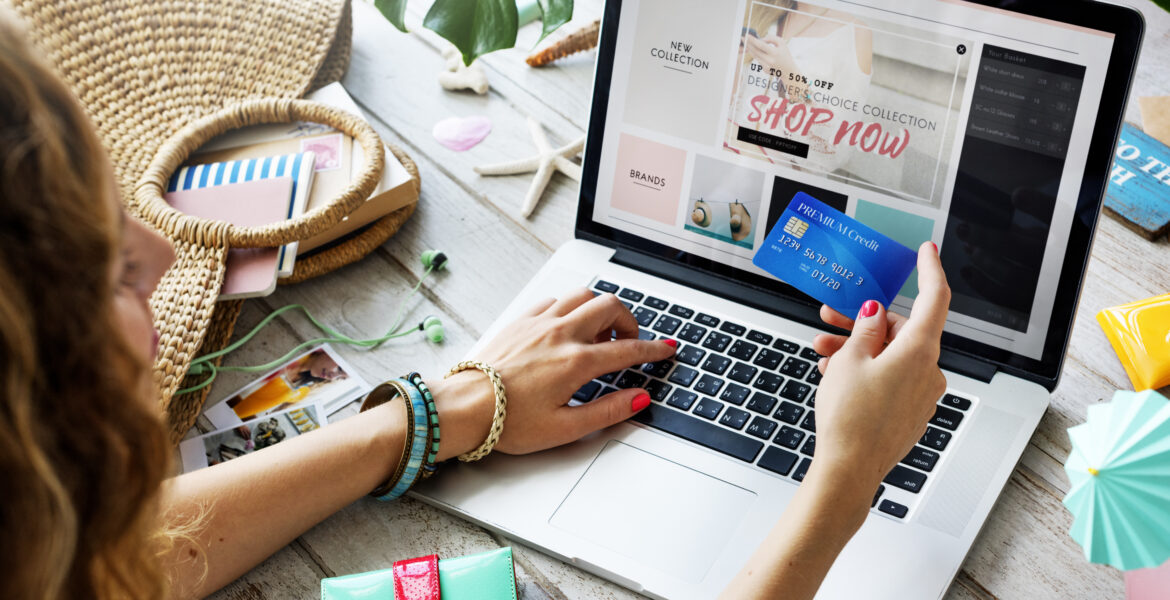You’ve probably heard the term “retail therapy” before. It is a common term for shopping to boost your mood. Other terms used are stress shopping or comfort buying. When you engage in retail therapy, it is all about making yourself feel better, it’s not for necessary household items or groceries. If you’ve ever done a little shopping while feeling stressed or sad to cheer yourself up, you are probably familiar with the uplifting feeling.
The Effects of Retail Therapy
A little shopping spree can trigger endorphin release, offering a mood boost when we’re feeling down. Endorphins are a hormone released when your body feels during a pleasurable situation. They can also be released when you feel pain because they reduce stress and relieve pain. When endorphins attach to your brain’s reward center, dopamine is released. Dopamine is a neurotransmitter that acts on areas of the brain that bring on feelings of pleasure, motivation, and satisfaction. It also plays a role in mood, sleep, body functions, and more. Essentially, every time you shop, you unleash the mood-enhancing “happy hormones” your body makes.
Does Retail Therapy Work?
According to a 2011 study, unplanned purchases seemingly help relieve a bad mood. It doesn’t usually create further anxiety or other negative feelings, and the mood improvement lasts longer than just the moment of purchase. Researchers of a 2013 study believe that when we are sad, we feel a loss of control, and retail shopping provides us with personal control, counteracting the negative feelings. Retail therapy can also make you feel better about yourself, giving you more confidence and giving you perspective.
Drawbacks of Retail Therapy
For many, retail therapy is a positive temporary way to elevate their mood and has no drawbacks, however, this isn’t true for everyone. Retail therapy can lead some people to spend outside of their budget, it can be an avoidant way of coping with a situation. Avoidance coping is when someone engages in cognitive and behavioral actions that deny, minimize, and avoid directly dealing with stressors or problems that are causing anxiety, sadness, or depression.
Retail therapy offers a potential mood-booster, but it’s worth noting that a small percentage of people may develop compulsive buying behaviors, a condition similar to shopping addiction. Compulsive shopping is characterized as a preoccupation with shopping and spending money. It is associated with anxiety and depression and also may lead to distress.
Alternatives to Retail Therapy
Whether retail therapy is out of your budget or you need more tools on your belt to help with coping with sad or bad situations, there are other things you can do to help you feel better. Consider regularly exercising, as it also releases endorphins. Use your creative muscles to create art, or try reading. Art can boost self-esteem, help manage stress, and help you cope with problems in the relationships in your life. Reading can help you reduce stress by bringing you into a literary world free of your life stressors. Psychologists believe concentration on reading can act as a distraction, reducing muscle tension and heart rate, and promoting relaxation.






